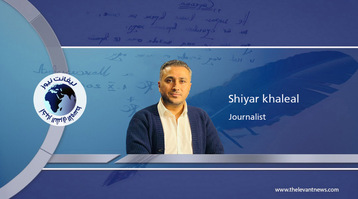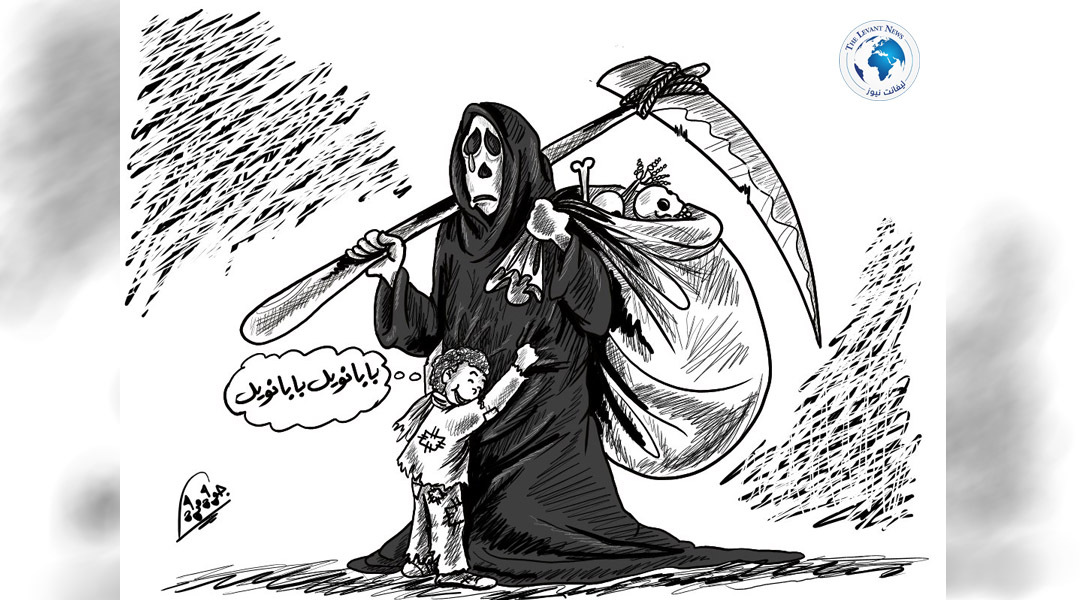-
Media Reality and the Struggle for Truth in Syria

In Syria, which has slowly emerged from the rubble of an oppressive regime that lasted over half a century, freedom poses its harsh questions to the press before anything else. Syrian media was born in the heart of fear, developed under a tight security grip, where citizens’ rights to knowledge and information were exchanged for silence and submission. This long history of repression and media manipulation has left a profound mark on the relationship between the press and the public, making the media in the country struggle to build a new identity that rejects propaganda and seeks the truth.
When that security grip collapsed, the press found itself suddenly facing a tremendous moral and professional vacuum. A vacuum that not only signifies the absence of strict censorship but also the lack of a clear methodology in reporting, and an absence of a comprehensive vision for the role of media in building a democratic and responsible society. In this new scene, fundamental questions emerge: Can the press rebuild the shattered trust of the public? Or is it merely seeking to attract an audience eager for breaking news without pondering the content and quality of the news? Will it become a tool for educating society and opening a window for dialogue, or just a platform for spreading rumors and sectarian and regional speeches that threaten social cohesion?
In this context, social science becomes an essential cornerstone in the equation of building a free and responsible media. Today’s Syria is not only a country suffering from the consequences of war, displacement, and migration, but also a society undergoing profound transformations in its social, political, and cultural fabric. Internal and external displacement has emptied entire regions of their populations, leaving demographic and social gaps that pose a significant challenge to Syria’s national identity and cohesion. The rise of tribal, sectarian, and ethnic loyalties, the decline of trust in public and political institutions, and the collapse of the old social contract rooted in a trust-based relationship between citizens and the state are complex phenomena that cannot be understood without deep social analysis.
Remarkable technological development has provided the media with astonishing tools of speed and dissemination, but at the same time, it is a double-edged sword. While facilitating access to multiple sources and news in seconds, it has also led to superficiality in news coverage and a focus on the urgent moment at the expense of deep understanding. Every citizen now carries a camera on his phone and shares news before verification, complicating the journalist’s task, who finds himself caught between the rapid posting of information and the need for accuracy. In this climate, the gap between truth and rumor narrows, as does the distance between documentation and slander, transparency and manipulation.
In Syria's new media landscape, journalists are not only tasked with informing the public about what happened but also with answering deeper questions: Why did it happen? What are the root causes? How can we work to change it? These questions give true meaning to the press as the “Fourth Power” in society — a power that goes beyond superficial reports and seeks to understand social, political, and economic phenomena at their roots. Here, social science becomes an indispensable partner — dissecting phenomena and reconstructing them within the changing social fabric to enable the press to interpret what lies behind the news and analyze motives and causes.
Today’s Syrian public, after years of media blackout, has become more aware and professional in distinguishing between genuine and fake media discourse. This audience no longer accepts being a passive recipient of information but demands media platforms that respect their right to critical knowledge and provide content that makes them partners in decision-making. They reject polarizing narratives fueled by internal and external forces and seek media free from conditional funding and political pressures. This presents a dual challenge for Syrian journalism: how to maintain professional and ethical independence in an environment still plagued by corruption, favoritism, and covert political interventions, and how to restore public trust amid the chaos of misinformation.
From here stems the vital relationship between journalists and social scientists. The former seek the event and present it in an engaging narrative, while the latter delve into society to analyze how this event became possible and what disturbances and flaws it reveals within the social and political structure. When these two visions meet in the newsroom, journalism is freed from the tyranny of haste and regains its true role as society’s mirror and as a continuous accountability mechanism for authorities in all their forms—political, economic, religious, or social.
Perhaps the greatest danger facing Syrian journalism today is not only the fall of the old state censorship but also a new form of control—coming from the market, the public, or emerging parties—applying pressure on the media discourse in more subtle and complex ways. Without foundation in solid knowledge and robust journalistic ethics, media freedom can turn into an arena of chaotic misinformation, hate speech, and toxic information that fragments society rather than unites it. Therefore, building responsible journalism in post-Assad Syria is not an elite choice but an essential condition for reconstructing a new social contract based on mutual trust between citizens and media institutions.
By: Ezzedine Malla
You May Also Like
Popular Posts
Caricature
opinion
Report
ads
Newsletter
Subscribe to our mailing list to get the new updates!




















